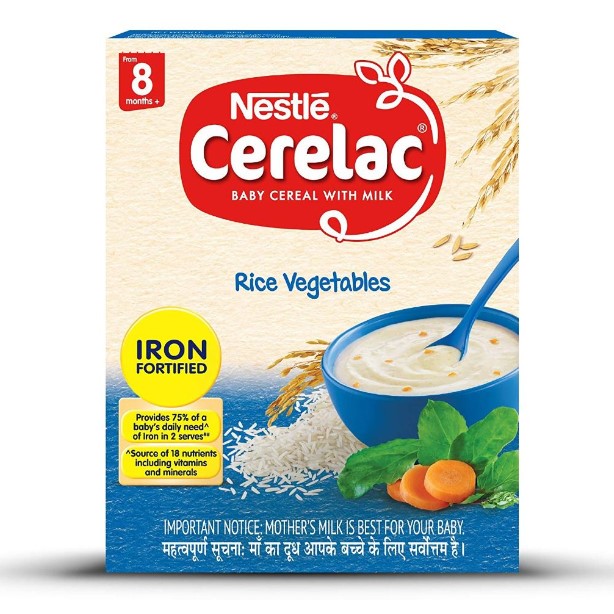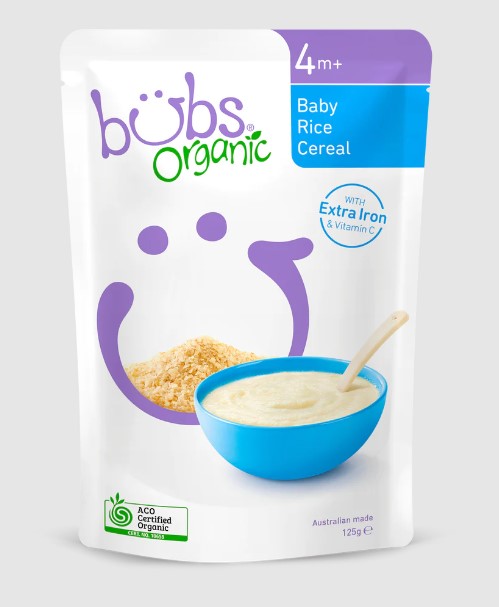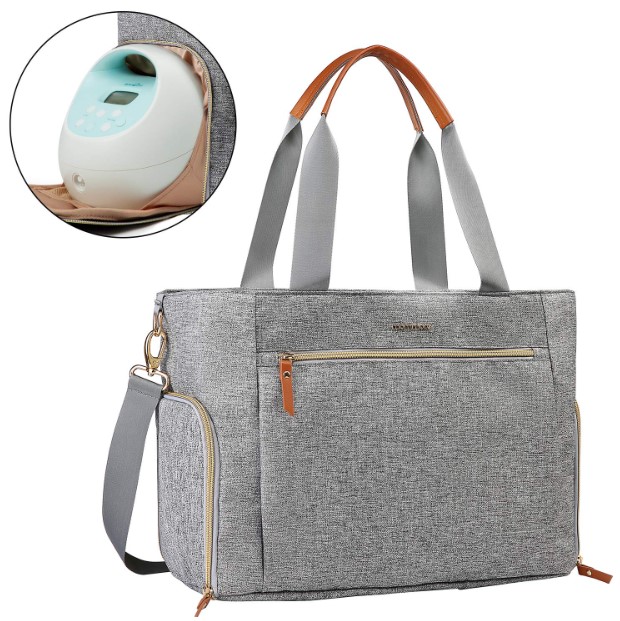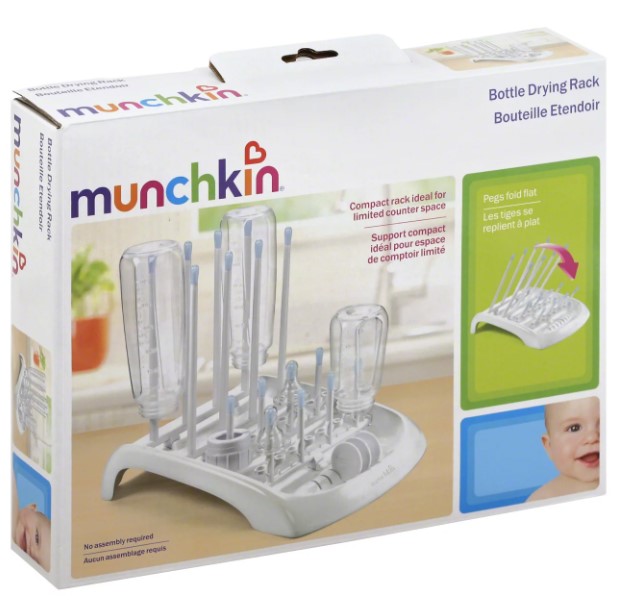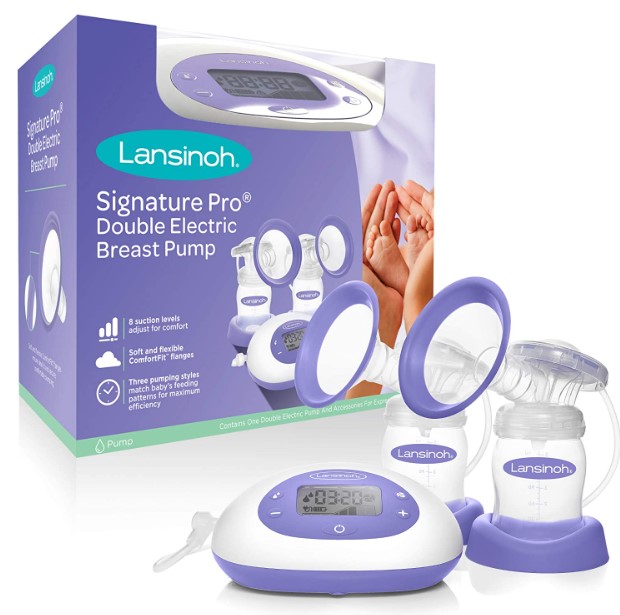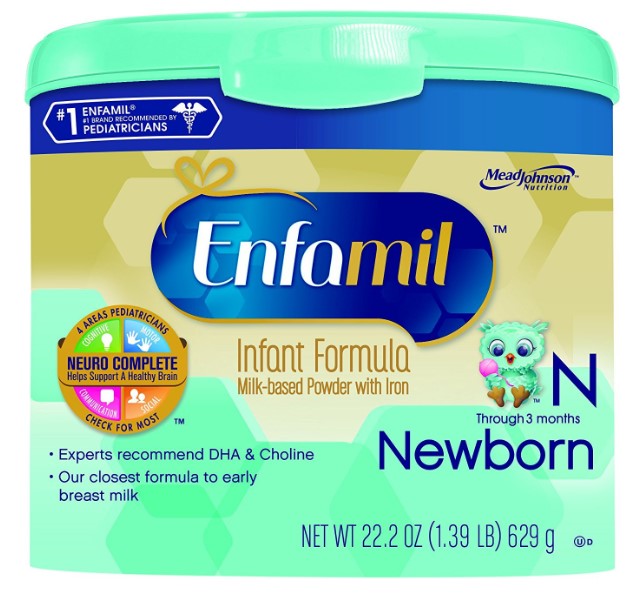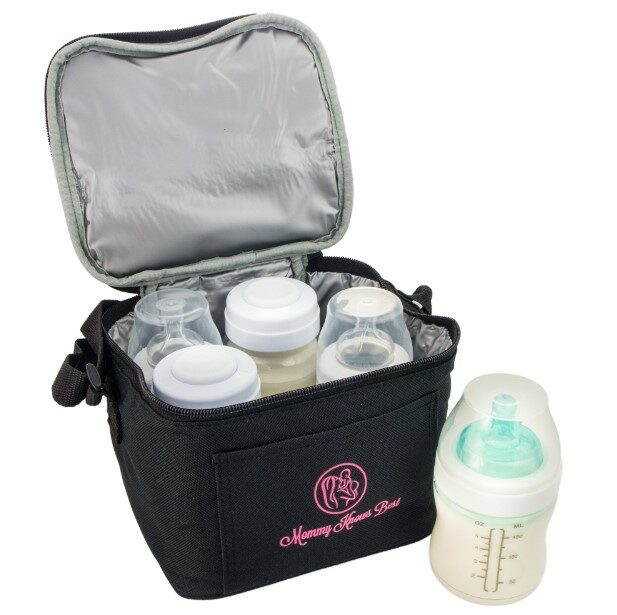Best Baby Cereals: A Guide to Choosing the Right First Foods
Best Baby Cereals – When it comes to introducing solids to your baby, baby cereals are often the first foods recommended by pediatricians. Baby cereals are easy to digest, fortified with essential nutrients, and can help your baby transition to solid foods. In this guide, we’ll explore the different types of baby cereals, how to choose the best one for your baby, and share some tips for introducing baby cereal.
Types of Baby Cereals
There are several types of baby cereals available, including rice, oatmeal, and multi grain. Rice cereal is often the first cereal introduced, as it is the least likely to cause an allergic reaction. Oatmeal cereal is a great alternative to rice, as it provides more fiber and nutrients. Multi-grain cereal is a combination of different grains, providing a variety of nutrients. It’s important to note that not all baby cereals are created equal – some may contain added sugars or preservatives. Look for baby cereals that are organic and non-GMO for the healthiest option.
Choosing the Best Baby Cereal
When choosing the best baby cereal, there are several factors to consider. First, consider your baby’s age – different cereals are recommended for different age groups. Second, consider the nutritional value – look for cereals that are fortified with iron, as babies need extra iron for growth and development. Finally, consider the ingredients – look for baby cereals with simple and natural ingredients, and avoid added sugars and preservatives. Some of the best baby cereals on the market include Earth’s Best Organic Whole Grain Rice Cereal and Happy Baby Organic Oatmeal Baby Cereal.
How to Introduce Baby Cereal
Introducing baby cereal can be a fun and exciting milestone for both you and your baby. It’s recommended to introduce baby cereal around 4-6 months of age, when your baby has competent head control and capable of sitting up with assistance. Start with a small amount of cereal mixed with breast milk or formula, and gradually increase the amount over time. It’s important to watch for signs of readiness and stop feeding when your baby shows signs of being full. Remember that every baby is different, and some may take longer to become accustomed to taste and texture of baby cereal.
Homemade Baby Cereal Recipes
Making your own baby cereal can be a great way to save money and control the ingredients. Some easy homemade baby cereal recipes include rice cereal made from brown rice, oatmeal cereal made from steel-cut oats, and multi-grain cereal made from a combination of grains like quinoa and millet. It’s important to cook the grains thoroughly and blend them into a smooth consistency. Homemade baby cereal can be refrigerated for up to three days or frozen for later consumption.
Conclusion
Introducing solid nutrients to your infant is a common practice thrilling time, and baby cereals can be a great first food option. When choosing the best baby cereal for your little one, consider factors like age, nutritional value, and ingredients. Remember to start with a small amount and watch for signs of readiness, and consider making your own homemade baby cereal for a cost-effective and healthy option. With the right baby cereal and a little patience, your baby will be on their way to a lifetime of healthy eating habits.
